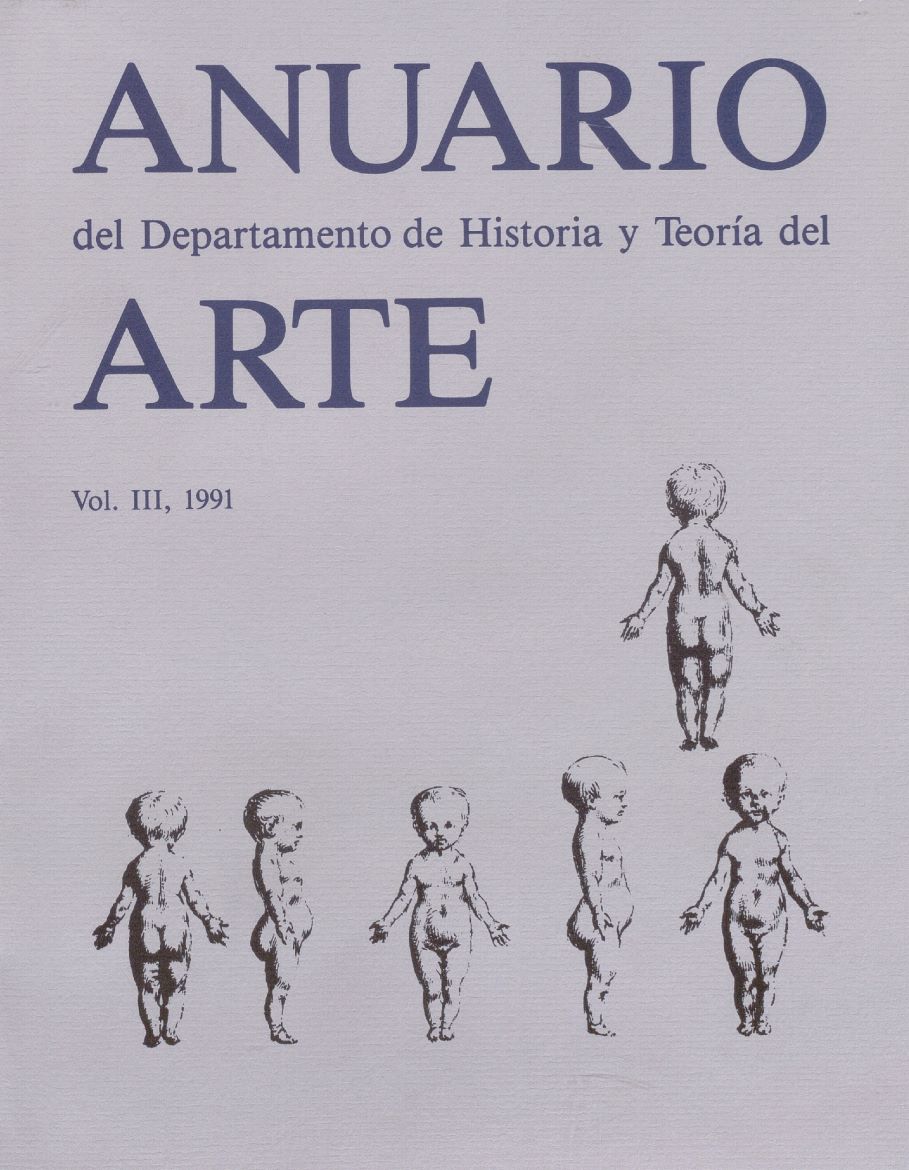Copyright (c) 2015 Anuario del Departamento de Historia y Teoría del Arte

This work is licensed under a Creative Commons Attribution 4.0 International License.
Abstract
This article is devoted to analyze the circumstances around which Fernando Yanez de la Almedina's conquense Art School was created, the main part played in it by some Yañez's followers as Martin Gomez the Elder, and the different answers drawn up about the teachers’ superior art. Researches as Post, Angulo and Garin studied this topic very briefly within Yañez historiography, paying attention to some pieces of his work, kept in the cathedral of Cuenca. The fact of haring airead y written a few references about documents known by the, in dates relatively far away (the fifties) besides the fact of not having questioned themselves to offer an overall view of the work, makes necessary to carry out a complete study that should cover such issue. The first conquense pictorical Renaissance dates back to the period between 1500 and 1525, influenced strongly by Juan de Borgoña and the Toledo School. Fernando Yañez works in Cuenca from 1525, revolutionizing the local painting and adapting in to the full Renaissance patterns. But his offer brings about different answers. In some cases, creations pervaded with the teacher's high worthy spirit were got. In others, the Italianism brought forward by Yañez becomes itself denaturalized in a rough provincial art Martin Gomez will become Yañez's heir between 1526 and 1562. Afterwards, between 1562 and 1585, his son Gonzalo succeed him with a Yañez secondhand influence and inferior in pictorical quality now. Finally, the last Yañez remains are watered down with Gomez the Elder's grandsons faced with the italian paitn'thrustfulness, mainly Cincinato and Matarana, that burst into Cuenca in the last third of the century.
